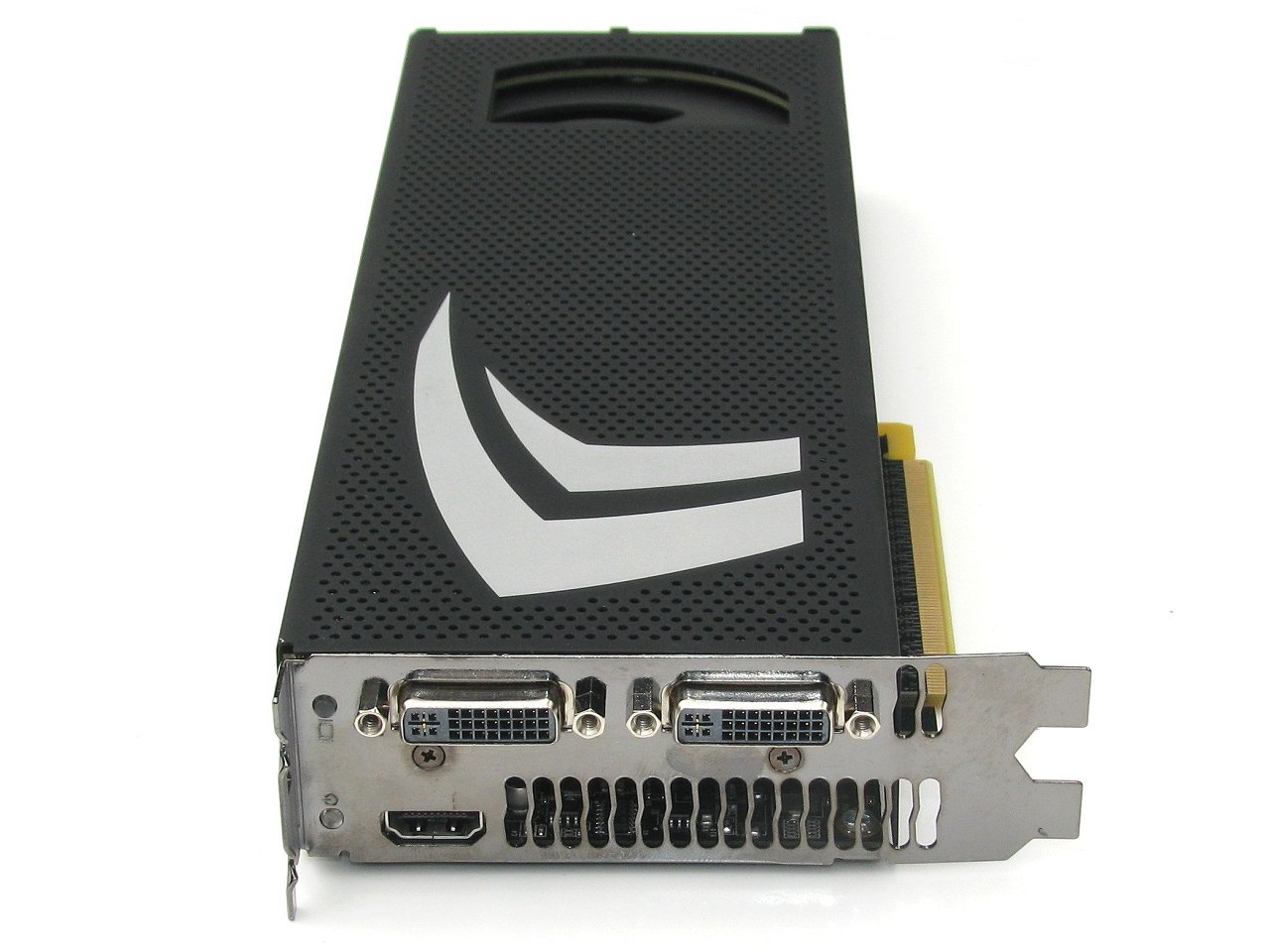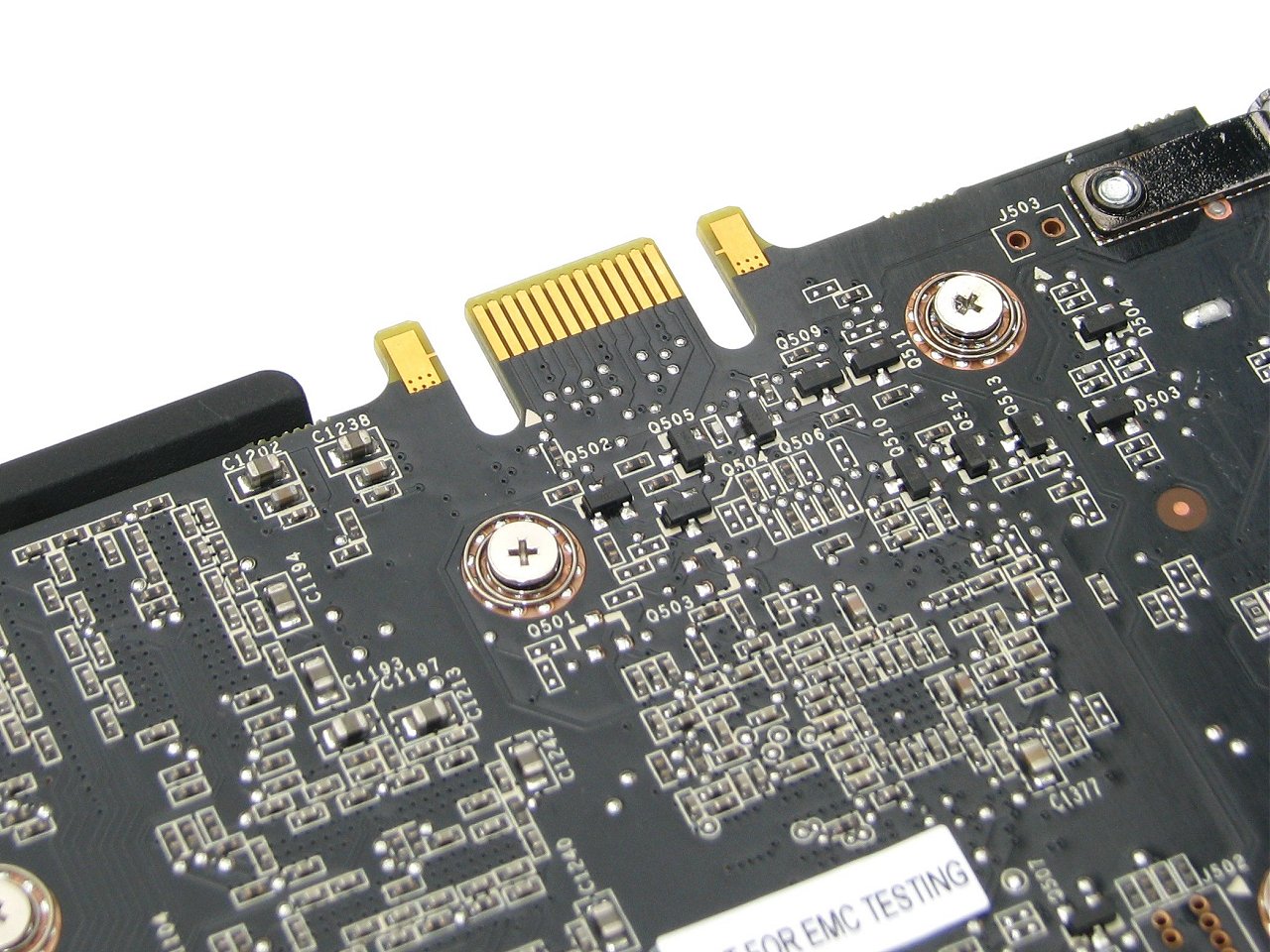The GeForce GTX 295 Board
In terms of physical dimensions the GeForce GTX 295 is a monster, measuring 10.4 inches long (26.5cm), which is wider than a full ATX motherboard. The card dimensions are however very similar to that of a GeForce GTX 280 and the Radeon HD 4870 X2, so we are not entering uncharted territory here.

While the GeForce GTX 295 is a dual-GPU solution like the Radeon HD 4870 X2, its design is very different.
Whereas the Radeon HD 4870 X2 features both GPUs and the 2GB of memory on the same PCB, the GeForce GTX 295 features two separate PCBs, each featuring their own GT200B GPU and 896MB of GDDR3 memory. This resembles the design of the older GeForce 9800 GX2. The GeForce GTX 295 also uses a sandwich plate heatsink design.

What this means is that Nvidia has taken a typical graphics card heatsink and sandwiched it in-between the two cards, allowing the single chunk of aluminum to cool both GPUs and all 1792MB of memory. Nvidia claims that this method will keep the GeForce GTX 295 cooler at higher clock speeds.

This rather complex design will also be more difficult to support by third parties, so it is unlikely that we will see many, if any, after market coolers for the GeForce GTX 295, as we saw none for the GeForce 9800 GX2.
As we have mentioned several times now, the GeForce GTX 295 comes with 1.79GB of memory (896MB assigned to each GPU) and its default operating specification stands at 2000MHz. Meanwhile, each GPU has been set to work at 576MHz.


At this rate, the GTX 295 cores are running just 26MHz behind the GTX 280's, and memory is running 214MHz slower, for a theoretical memory bandwidth of 112GB/s per GPU.
